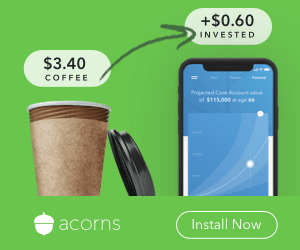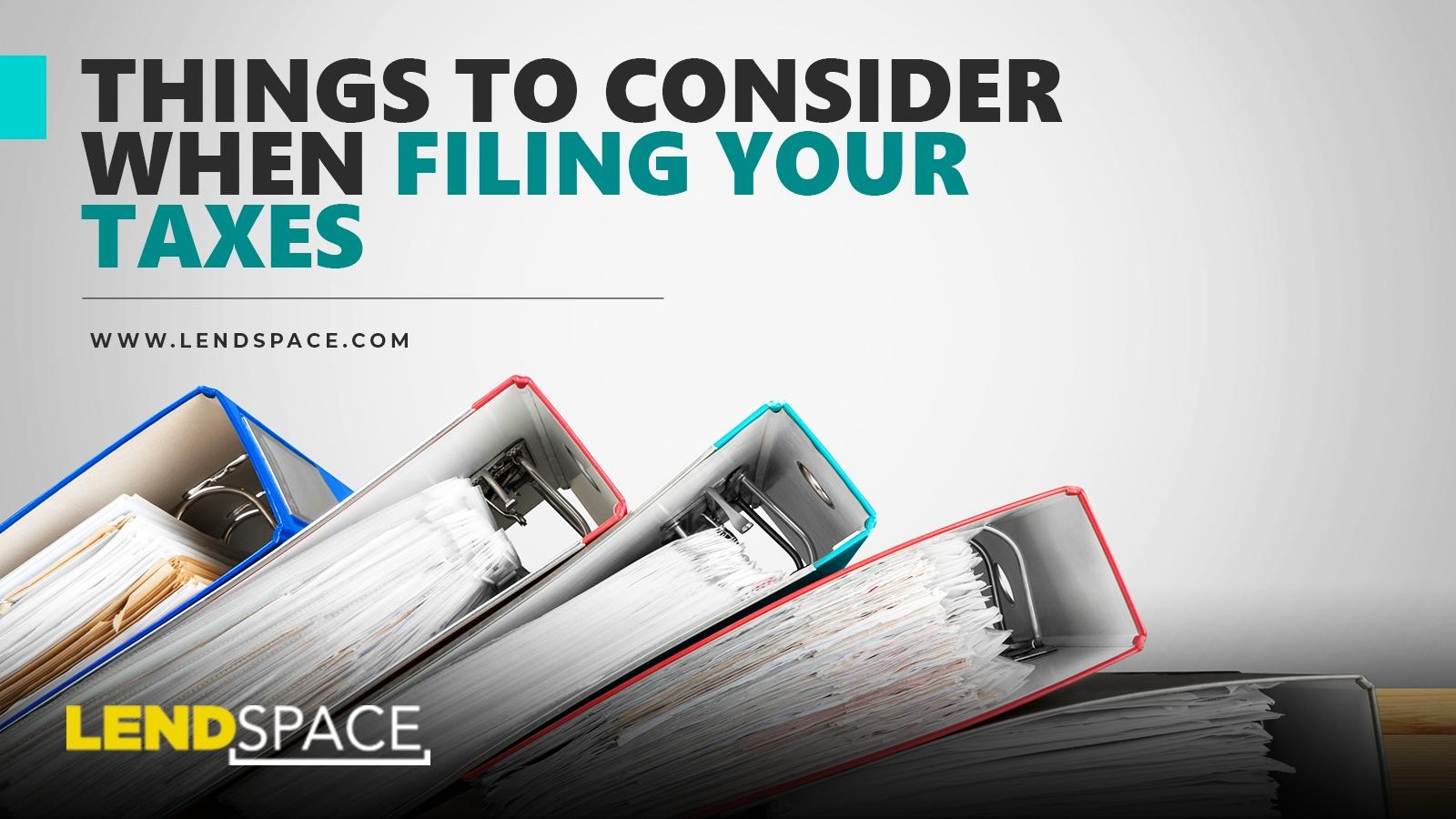Sponsored links:
A checking account is the most popular type of banking account among consumers as it provides one with the opportunity to pay their bills, take money out, and write checks for purchases. If you’re looking for a way to safely store your money daily, this is the avenue you’ll want to take.
Today checking accounts come with opportunities to conduct online banking, write checks, and use debit cards among many other options (that are determined by your financial institution). This is the best way to make sure your cash is there for when it’s time to take care of business.
How does a checking account work?
There are two main types of checking accounts. Interest-bearing checking accounts and traditional checking accounts. With both types, you will be provided with checks and debit cards so that you can access your money wherever you need it. The only difference is one provides you with interest on your account funds and one doesn’t.
You can also send e-checks and conduct online banking with a checking account. Another popular feature is that you can sign up for auto-pay to automate the process of paying your bills.
The Benefits of Checking Accounts
There are many great benefits that you can embrace with a checking account. We picked the top 3 and featured them below for your convenience.
· Direct deposits can be embraced, which automates every payday.
Having to go to the bank every Friday (or whenever your payday falls) and waiting for your payroll check to clear is a thing of the past. If you embrace the modern approach to checking by setting up direct deposit with your employer of course. This could also provide you with the opportunity to get paid earlier depending on how your bank works.
· Numerous payment options are available with checking accounts.
Debit cards, money orders funded from your checking account, traditional checks, and bank wires are just a few of the ways that you can make payments with your checking account. A lot of this depends on the options made available to you by your financial institution, but usually, they aren’t too limited as they can be with a savings account.
· Withdrawal limits are minimal in comparison to other types of bank accounts.
Since this is a type of bank account that’s designed to streamline deposits, paying bills, and providing you with cash when you need it, you won’t be limited to just a few withdrawals per month in most cases. Instead, you can expect the limit as far as checking withdrawals to be set high which also minimizes the risk of paying penalties to your bank for taking your money.






